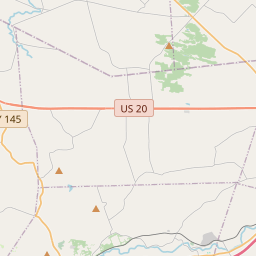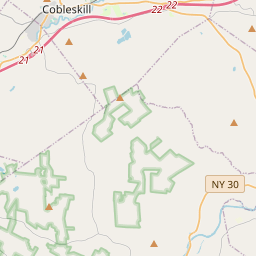Civil War Nurse
Historical marker location:












April 12, 1861: The Civil War begins with the Confederate attack on Fort Sumter, located in South Carolina's Charleston Harbor.
April 15, 1861: President Abraham Lincoln issues a call for 75,000 volunteers to serve in the Union Army to suppress the rebellion.
May 24, 1861: The first major land battle, known as the First Battle of Bull Run (or First Battle of Manassas), takes place in Virginia. It ends in Confederate victory.
September 17, 1862: The Battle of Antietam in Maryland becomes the bloodiest single-day battle in American history, with heavy casualties on both sides. The Union forces, commanded by General George McClellan, manage to halt Confederate General Robert E. Lee's advance into Union territory.
January 1, 1863: President Lincoln issues the Emancipation Proclamation, declaring that all slaves in Confederate-held territories are to be set free. However, the proclamation does not immediately free all slaves in the United States.
July 1-3, 1863: The Battle of Gettysburg in Pennsylvania takes place, resulting in a significant Union victory and inflicting heavy casualties on Confederate forces. It marks a turning point in the war.
November 19, 1863: President Lincoln delivers the Gettysburg Address, emphasizing the principles of liberty, equality, and the preservation of the Union.
April 9, 1865: General Robert E. Lee surrenders to Union General Ulysses S. Grant at Appomattox Court House in Virginia, effectively ending the Civil War.
April 14, 1865: President Lincoln is assassinated by John Wilkes Booth while attending a play at Ford's Theatre in Washington, D.C.
May 10, 1865: Confederate President Jefferson Davis is captured, signaling the collapse of the Confederate government.
December 6, 1865: The Thirteenth Amendment to the United States Constitution is ratified, officially abolishing slavery throughout the country.
While this timeline provides an overview of key events, it is important to note that the Civil War spanned over four years, from 1861 to 1865, and encompassed numerous battles, campaigns, and political developments that shaped the course of American history.
The first recorded jazz concert took place in New York City in 1917, featuring a band led by the pianist James Reese Europe. Jazz music would go on to become a defining feature of New York's cultural scene, with legendary clubs like the Cotton Club and the Village Vanguard.
During the American Revolutionary War, Schoharie County played a significant role. The area was strategically important due to its agricultural abundance. The British sought to disrupt the local food supply, leading to a series of fierce engagements known as the Schoharie Campaign. Despite destructive raids by British-aligned forces, the settlers managed to defend their homes and farms.
In the 19th century, Schoharie County experienced significant growth and development. The Erie Canal, completed in 1825, opened up new opportunities for trade and transportation. The county's fertile soil contributed to the growth of agriculture, including dairy farming and apple orchards. The construction of railroads further improved connections to other parts of the state.
In the 20th century, Schoharie County faced challenges and changes. The Great Depression impacted the local economy, but efforts to diversify industries, such as tourism and manufacturing, helped mitigate the effects. The county also saw population shifts as younger generations moved to urban areas for better opportunities. Today, Schoharie County continues to thrive as a rural community, preserving its historical charm while adapting to modern needs.
Schoharie County Timeline
This timeline provides a glimpse into the major events and milestones that have shaped the history of Schoharie County, New York.
- 1609 - Henry Hudson explores the area, including what is now Schoharie County, during his exploration of the Hudson River.
- Mid-1600s - Dutch settlers begin to establish farms and settlements in the Schoharie Valley.
- 1713 - Schoharie becomes the official name for the area, derived from the Mohawk word "eskahr," meaning driftwood.
- 1755 - During the French and Indian War, the Schoharie Valley is targeted by Native American allies of the French, resulting in the construction of fortified German Palatine settlements.
- 1776 - Schoharie County is established as part of Albany County, amidst the American Revolutionary War.
- 1795 - Schoharie County becomes its own separate county in New York State.
- 1800-1850 - The construction of the Erie Canal brings economic growth to Schoharie County, as it becomes a key transportation route.
- Mid-1800s - The Schoharie County Fair is established, becoming an annual event celebrating agriculture and local traditions.
- Late 1800s - Schoharie County experiences an agricultural boom with the introduction of dairy farming and increased production of hops.
- Early 1900s - The decline of hops production and the effects of the Great Depression affect the county's economy.
- Mid-1900s - Schoharie County attracts tourists with its natural beauty and outdoor recreational opportunities.
- 1998 - Schoharie County is severely impacted by flooding caused by Hurricane Floyd.
- 2011 - Schoharie County suffers extensive damage due to flooding caused by Tropical Storm Irene.